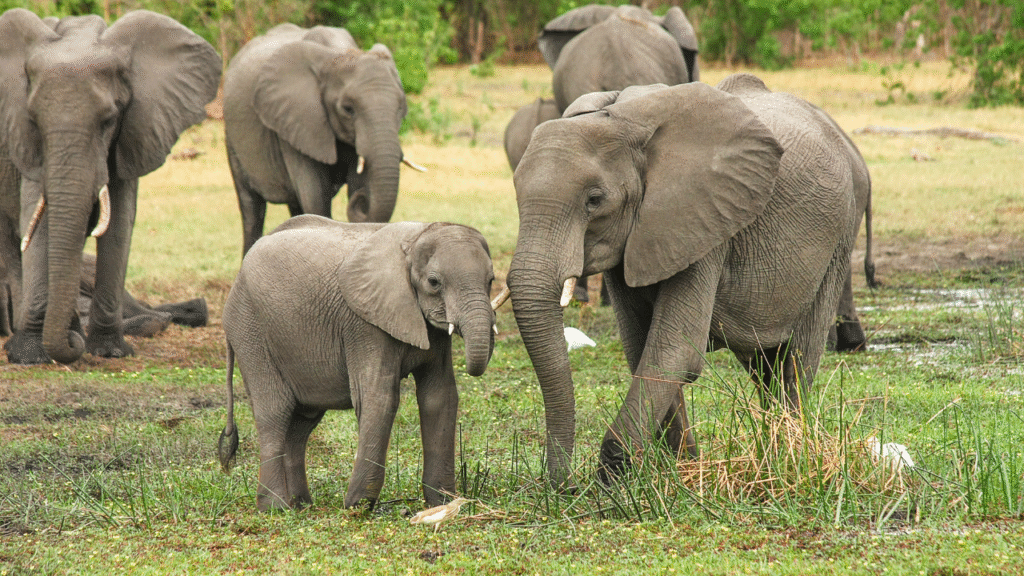How Climate and Habitat Loss Impact Elephant Populations: A Growing Conservation Crisis
Elephants, the gentle giants of the animal kingdom, are facing a silent but devastating threat — climate change and habitat loss. As environmental conditions shift and forests shrink, elephant populations across Asia and Africa are struggling to survive. These majestic creatures, once roaming vast landscapes, now find themselves trapped in a web of environmental instability.

The Shrinking World of Elephants
Elephants require large territories to roam, feed, and thrive. A single elephant can travel up to 50 kilometers a day in search of water and food. However, with human expansion, agriculture, mining, and infrastructure development, their natural habitats are rapidly disappearing.
In Africa, savannas are turning into deserts due to prolonged droughts and deforestation. In Asia, forests are being cleared for palm oil plantations and urban development. The result? Elephants are squeezed into smaller spaces, often near human settlements, leading to increased human-elephant conflict.
Climate Change: An Invisible Enemy
Climate change exacerbates the situation. Rising temperatures, unpredictable rainfall, and frequent droughts impact the availability of water and vegetation — two essentials for elephant survival. For instance, during droughts, waterholes dry up, forcing elephants to travel further, sometimes into villages, in search of sustenance.
These extreme conditions also affect the health and reproductive rates of elephants. Nutritional stress can lead to lower birth rates and higher mortality, especially for calves and elderly elephants.
Human-Elephant Conflict: A Deadly Consequence
As elephants wander into farmlands or villages due to lack of food and water, they are often seen as pests. In retaliation, they are shot, poisoned, or electrocuted. Each year, hundreds of elephants die due to such conflicts. At the same time, these interactions can also result in human casualties, further fueling animosity.
Conservation Efforts and Solutions
Conservationists and local governments are working tirelessly to create wildlife corridors, protected areas, and community-based conservation programs. These efforts aim to reconnect fragmented habitats and allow elephants safe passage between feeding grounds and water sources.
Some solutions include:
- Restoring degraded habitats
- Planting drought-resistant vegetation
- Implementing early-warning systems for villages
- Promoting eco-tourism that funds conservation
Technology is also playing a role. Satellite tracking, drone surveillance, and AI-powered monitoring systems help track elephant movements and prevent conflicts in real time.
What You Can Do
- Support reputable conservation organizations focused on elephant welfare.
- Avoid products contributing to deforestation (like unsustainable palm oil).
- Raise awareness on social media.
- Travel responsibly — choose ethical elephant sanctuaries that do not exploit animals.
Conclusion
Elephants are more than icons of the wild — they are ecosystem engineers and symbols of wisdom. Yet, their future is uncertain in a world increasingly shaped by climate change and habitat destruction. Protecting their environment is not just about saving elephants — it’s about preserving the balance of nature itself.








